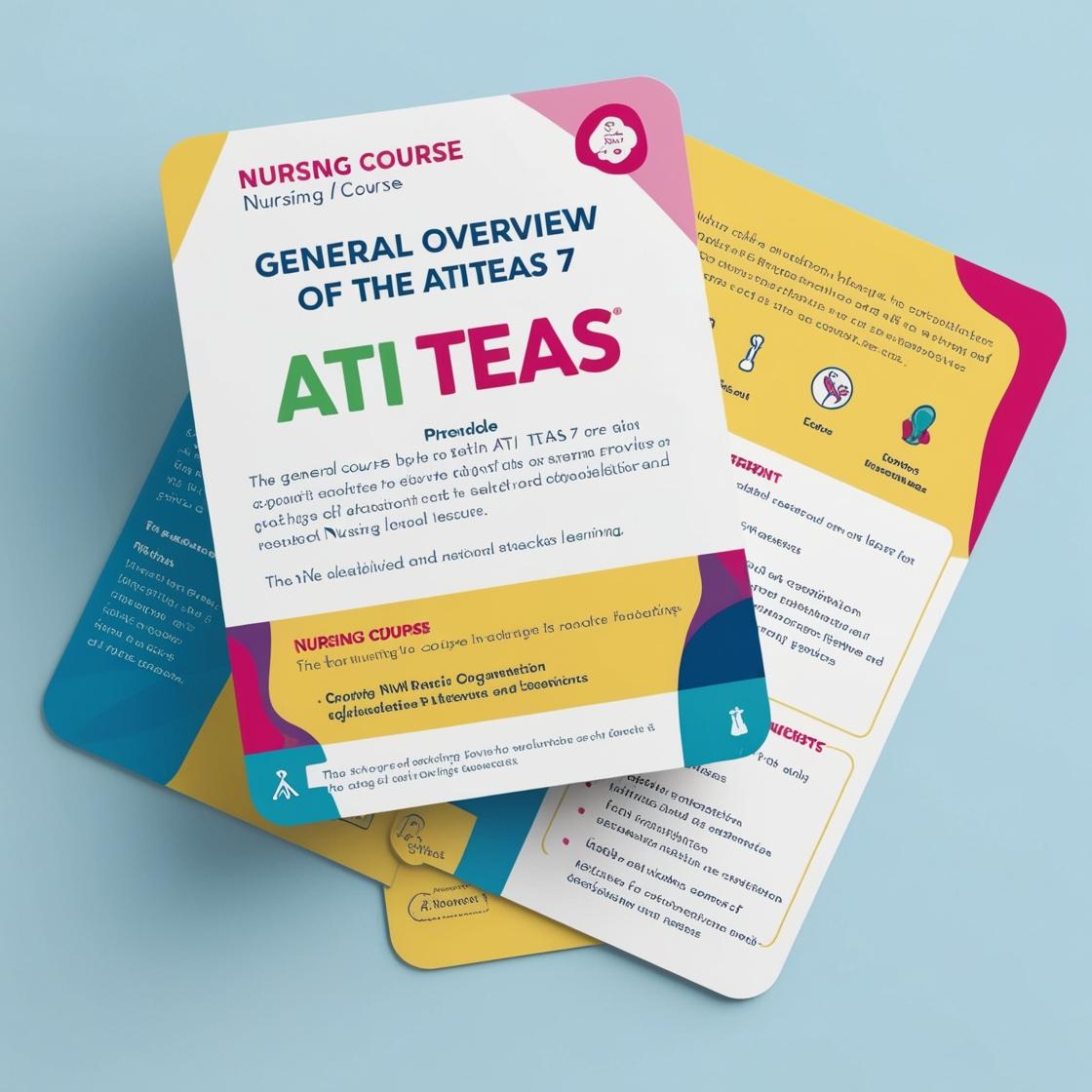ATI TEAS 7
ATI TEAS Practice Test Science
1. Which hormone is released by the adrenal glands in response to stress?
- A. Insulin
- B. Cortisol
- C. Adrenaline
- D. Glucagon
Correct answer: C
Rationale: Adrenaline is the correct answer. It is released by the adrenal glands in response to stress to prepare the body for the 'fight or flight' response. Adrenaline increases heart rate, dilates airways, and mobilizes energy stores to help the body deal with the perceived threat. Insulin (Choice A) is produced by the pancreas to regulate blood sugar levels, not in response to stress. Cortisol (Choice B) is another hormone released by the adrenal glands in response to stress, but it primarily helps regulate metabolism and immune response. Glucagon (Choice D) is also produced by the pancreas to increase blood sugar levels when they are low, not by the adrenal glands in response to stress.
2. Which of the following glands produces hormones that regulate metabolism?
- A. Adrenal gland
- B. Pituitary gland
- C. Thyroid gland
- D. Liver
Correct answer: C
Rationale: The thyroid gland is responsible for producing hormones that play a crucial role in regulating metabolism. One of the key hormones produced by the thyroid gland is thyroxine, which directly influences the body's metabolic rate. Therefore, the correct answer is the thyroid gland. The adrenal gland produces hormones like adrenaline, which are associated with the stress response and not primarily metabolic regulation. The pituitary gland regulates various other hormones but is not primarily responsible for metabolic regulation. The liver has a role in metabolism, mainly in processes like detoxification and nutrient storage, but it is not a gland that primarily produces hormones for metabolic regulation, making it an incorrect choice in this context.
3. Which brain structure is responsible for processing visual information?
- A. Cerebrum
- B. Occipital lobe
- C. Frontal lobe
- D. Brainstem
Correct answer: B
Rationale: The corrected question and choices are accurate. The correct answer is the Occipital lobe. The occipital lobe, located at the back of the brain, is primarily responsible for processing visual information received from the eyes. It plays a crucial role in interpreting and making sense of visual stimuli, allowing us to perceive and understand the world around us. The other choices, cerebrum (A), frontal lobe (C), and brainstem (D), do not have the primary function of processing visual information. The cerebrum is involved in higher brain functions, the frontal lobe is responsible for decision-making and personality, and the brainstem controls basic life functions like breathing and heart rate.
4. Which structure in the heart is responsible for pumping oxygenated blood to the body?
- A. Right ventricle
- B. Left ventricle
- C. Left atrium
- D. Right atrium
Correct answer: B
Rationale: The left ventricle is the chamber responsible for pumping oxygenated blood from the heart to the body. It receives oxygen-rich blood from the left atrium and contracts to push this blood out to the rest of the body through the aorta. The right ventricle pumps deoxygenated blood to the lungs for oxygenation, making choices A, C, and D incorrect for this function. Therefore, the correct answer is B, the Left ventricle.
5. What is the primary function of the stomach in the digestive system?
- A. To absorb nutrients
- B. To break down proteins
- C. To neutralize stomach acid
- D. To regulate body temperature
Correct answer: B
Rationale: The correct answer is B: 'To break down proteins.' The primary function of the stomach in the digestive system is to break down proteins using gastric acid and enzymes. The stomach's acidic environment aids in protein digestion and prepares food for further processing in the small intestine. Choice A is incorrect because nutrient absorption primarily occurs in the small intestine, not the stomach. Choice C is incorrect because the stomach actually produces stomach acid to aid in digestion, not to neutralize it. Choice D is incorrect because regulating body temperature is not a primary function of the stomach within the digestive system.
Similar Questions

Access More Features
ATI TEAS Premium Plus
$149.99/ 90 days
- Actual ATI TEAS 7 Questions
- 3,000 questions with answers
- 90 days access
ATI TEAS Basic
$99/ 30 days
- 3,000 Questions with answers
- 30 days access
